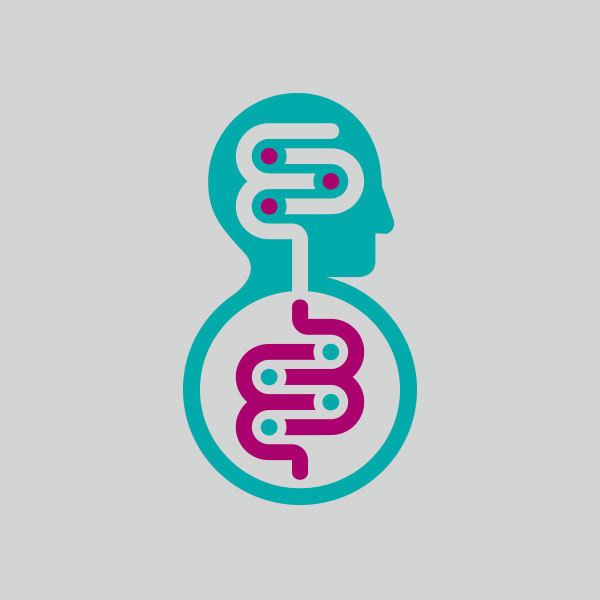
Imagine, you are randomly picked to take part in a study. The researchers aim to investigate some of your daily behavior. For this purpose, you need to fill out a questionnaire in which you are asked to report on positive and negative events that have occurred during the past four days. Furthermore, you have to report on your food intake, including the exact amount and time of your meals. While you might easily remember what you had for breakfast today, you probably cannot perfectly reconstruct all meals and snacks from the past days. This kind of forgetfulness might lead to an inaccurate answering in the questionnaire. In research we call this phenomena “recall bias” or “response bias.”
Your documentation of positive and negative events might be biased in another way: it is commonly observed that people tend to remember more negative experiences. The so called ‘negativity bias” therefore possibly leads to an overrepresentation of negative events, while positive or neutral experiences might not be adequately reported on.
Grounded on the work of Kahneman and Tversky, psychological research of the last decades identified multiple of these so called “cognitive biases” [1]. They describe different ways in which peoples’ memorizing and reconstructing of information can deviate from the rational truth. It is important to underline, that those phenomena should certainly not be seen as a crucial shortcoming of the human memory. Instead, there are good reasons not to remember everything in detail. Still, for our research, it is very important to understand how people remember experiences and events, especially as it can lead to false measurements in research, as shown above.
The good news is: we can face up to this issue methodologically! Recall or negativity biases primarily occur in retrospective studies using interviews or questionnaires. In these studies, there is a gap between the actual event and the moment of report. If we, instead, gather the information in real time (or near real time), information should be easily remembered and therefore reported on more accurately. This is one out of many reasons why we collect the data in CoCA and Eat2BeNice in an Ambulatory Assessment. This is the state-of-the-art method to collect real time data. Through repeated interrogations via smartphone applications or wearables we can monitor various types of variables. Wearables may count steps, measure the sleeping behavior or capture how long a person is sitting, while smartphone applications can be used as an electronic diary. The close temporal proximity to the event of interest reduces memory problems, that often occur in retrospective self-reports [2].
In conclusion, the right choice of methods exerts considerable influence on the quality of collected data. Besides a wide range of other methodological advantages, ambulatory real-time measurements can counteract recall biases and comparable inaccuracies. However, we are just at the onset of this exciting method. In the future, we might be able to collect even more data in real-time.
So if you happen to participate in a scientific study, and you receive a smartphone and activity tracker, you now know why.
References
[1] Trull, T. & Ebner-Priemer, U. (2013). Ambulatory Assessment. Annual Review of Clinical Psychology, 9, 151-176. doi: 10.1146/annurev-clinpsy-050212-185510
[2] Schwarz, N. (2011). Why researchers should think “real-time” – a cognitive rationale. In M. R. Mehl & T. S. Conner (eds.), Handbook of Research Methods for Studying Daily Life. (22–42). Guilford.
